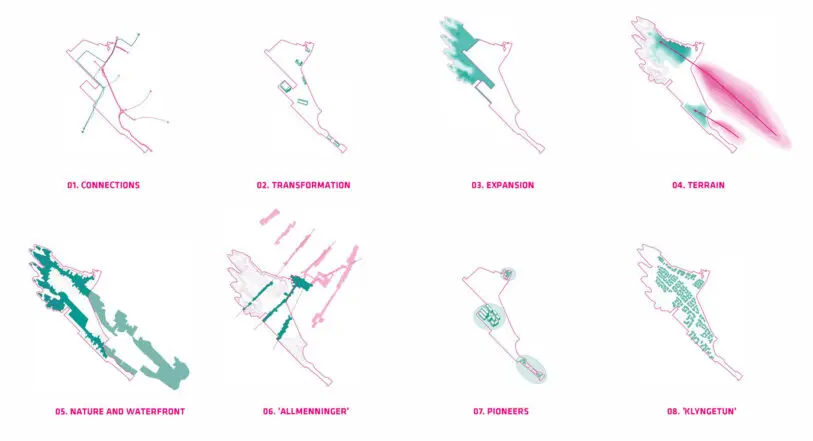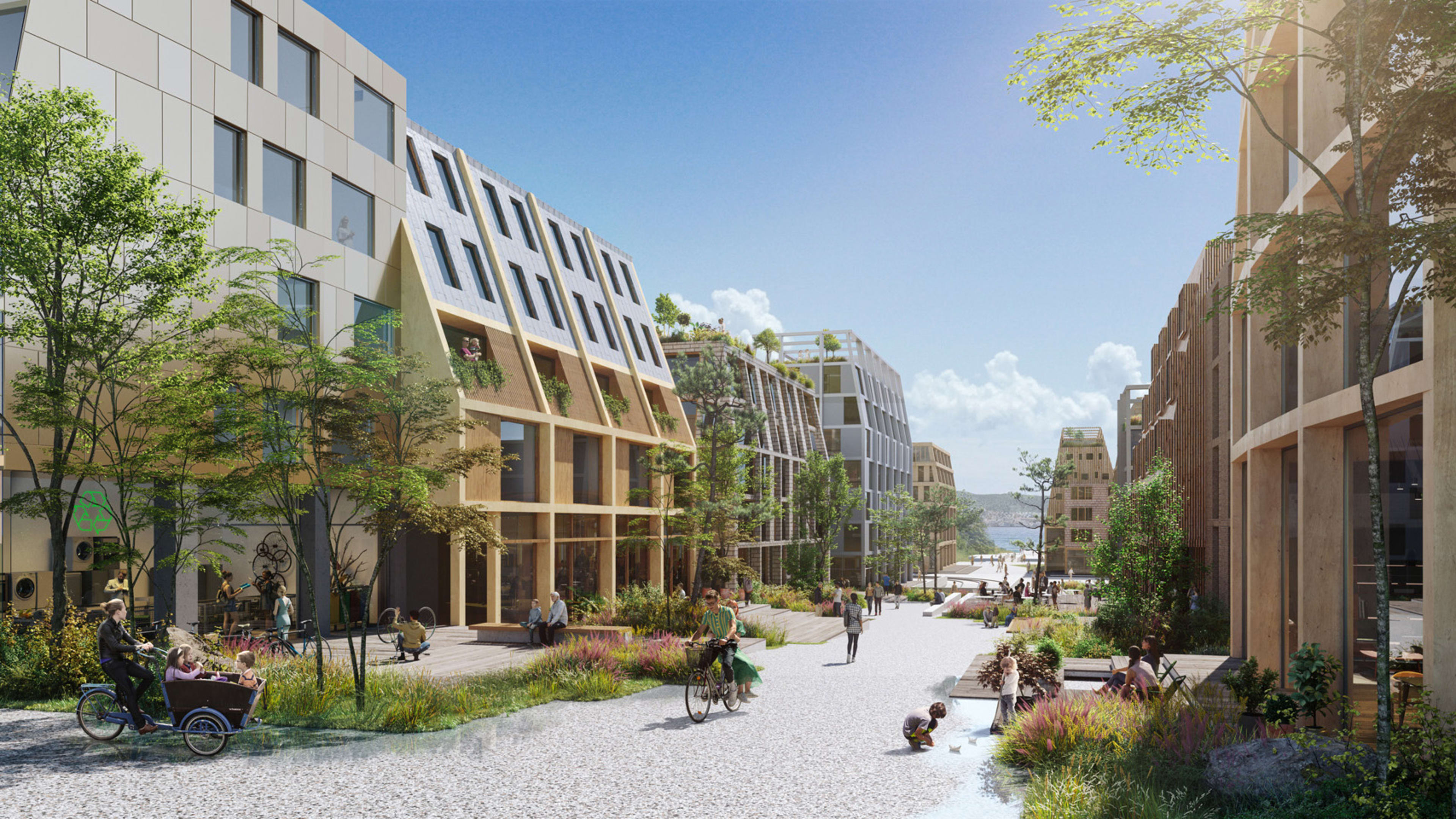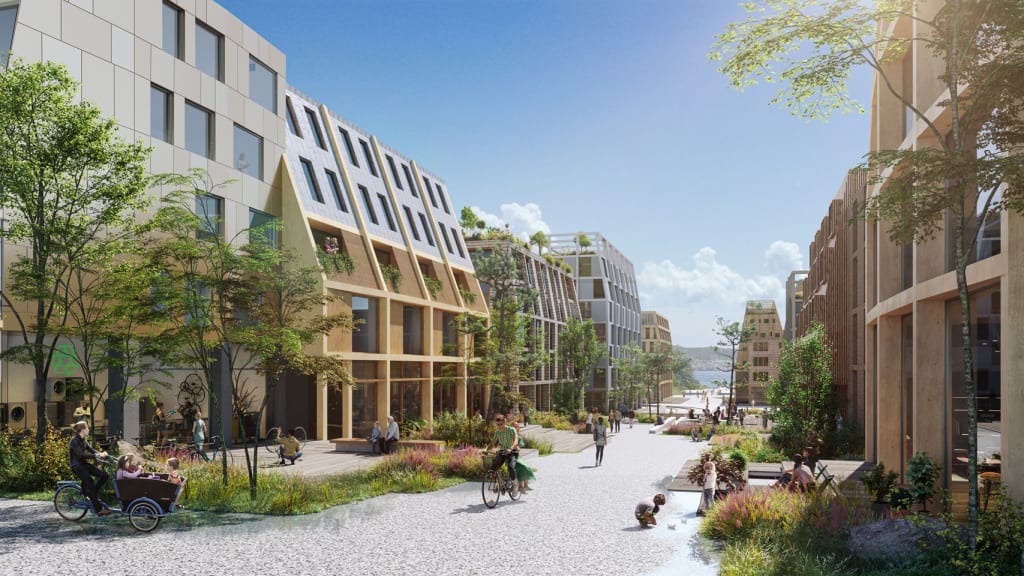On the edge of Bergen, a city of 270,000 on the west coast of Norway, a sprawling dock is currently covered in stacked shipping containers and warehouses. But in a few years, as the port is relocated outside the city, the area will begin to be transformed into a zero-emissions neighborhood.
“We talk about it as the opportunity of the century,” says Laura Ve, who is leading the city’s development program for the district, called Dokken. “One important aspect of this development program is that the city actually owns a large part of the land within this area, and we think that it gives us a different opportunity to set high goals for what we want city development to be. Because we don’t have to negotiate with private owners in this area.”

The design aims to create a “regenerative” city, not just a sustainable one. “We have to be much more ambitious in terms of a feasible, livable, planetary future,” says Rafn. “When you’re talking about sustainability, you’re talking about sustaining the situation, but the situation as it is currently is not really in a good condition.”
[Photo: courtesy Tredje Natur]New green space along the waterfront would reconnect the public to the North Sea, with nature-based strategies used to protect the area from flooding caused by heavy storms, heat waves, and sea-level rise. As the district develops over the next few decades, the architects propose adding more land by repurposing concrete from a massive highway project happening in the country. “They’re literally asking on their website, ‘Who needs 10 million cubic meters of this material?'” Rafn says, arguing that rather than dumping the waste material elsewhere, it could be put to use to help the city grow.
It isn’t yet possible to fully eliminate the environmental impact of the neighborhood, Rafn says. Common construction materials such as concrete are improving in terms of their footprint—some manufacturers are beginning to find alternatives to fossil fuels in production, capture emissions, and even incorporate emissions into the finished product. But there’s still an environmental impact, and concrete poses other challenges, such as the impact of mining massive amounts of sand. Rafn says that as the city finalizes the design, it will need to carefully calculate the full life cycle impacts of each decision. It will also need to think about how to help the people living there make the best choices in everyday purchases—for example, by creating a sharing economy so people need to buy less.
“We have to be much more extreme in our experimentation and our documentation and really make the highest level of effort we can because the time window [to address climate change] is so short,” Rafn says. At the same time, the new neighborhood can demonstrate how tackling environmental challenges can also improve the local quality of life. “We also show how the most livable quality can come out of this,” he says. “So it’s not just a technocratic [way to address] the carbon scenario, but actually turning it into something that is also progressing the vision of how we can live densely in the city.”
Recognize your brand’s excellence by applying to this year’s Brands That Matter Awards before the early-rate deadline, May 3.









